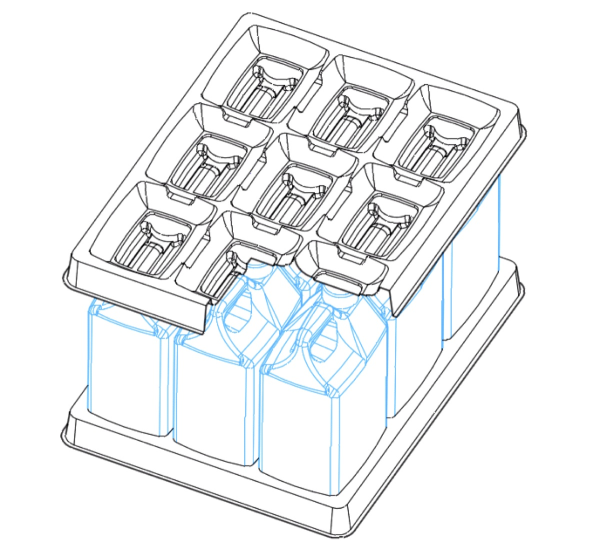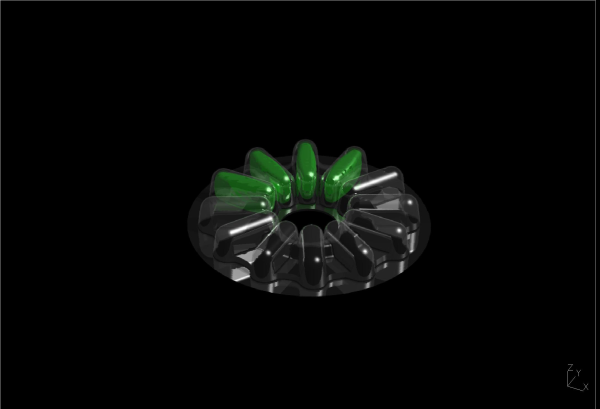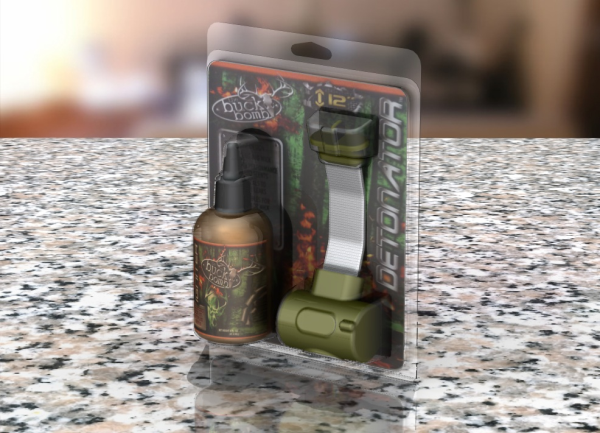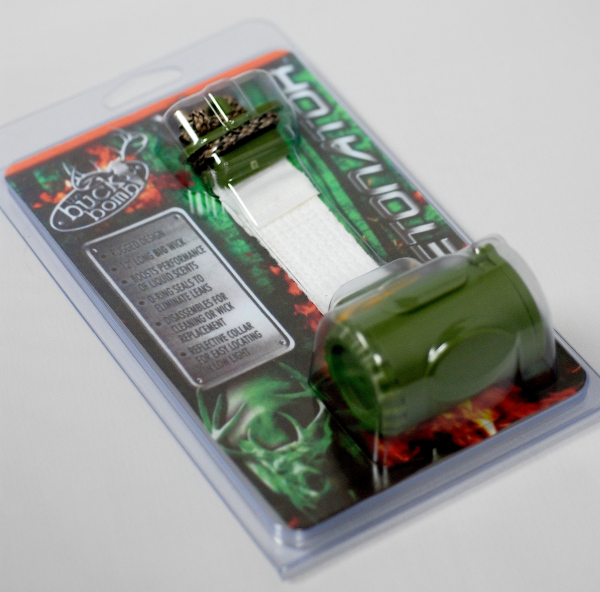Hey guys! I hope everyone had a glorious Turkey Day and welcome to December!
So after I published our 'Design for Thermoforming' press release for International 2014 Consumer Electronics Show to Dordan.com, I did the typical, "Hey writers, editors, and journalists of my favorite industry publications; care to cover this story?!" To my delight, James Callari of Plastics Technology Magazine-- who had previously covered Dordan's efforts to recycling clamshell packaging-- articulated interest. He was curious about how the evolution of design technology at Dordan impacted our packaging developmental process and customer service. Moreover, Callari suggested the 'design for thermoforming process' would best be demonstrated via customer case study: how does Dordan's ability to produce photorealistic renderings and 3D package modeling videos prior to moving to prototype help both the custom thermoformer and its customer? Below is my story "submission" to Callari; his blog post is to follow. And, look for a version in print coming February.
Dordan's tagline, Seeing it Sells it, was invented by company founder Edwin Slavin, my grandfather; it proclaims that transparent, visual packaging sells product at retail. What was for my grandfather an assumption in 1962 has now become industry standard, thanks to an eye tracking study that found plastic clamshells outperform paperboard boxes at retail.
Just like our packaging sells your product at retail, so too does Dordan rely on visual aids to sell our packaging to brands. If you subscribe to the ideology that packaging has the ability to help or hinder product sales, it is paramount to see what the package will look like on the shelf. Often times, an engineering drawing doesn’t communicate shelf impact; and, cutting prototypes considered too costly in the early phases of the packaging procurement process. With the last several years of purchasing being defined by cost cutting measures, Dordan found it important to develop a stepping-stone between concept and reality when it came to communicating a packaging concept’s form and function to the customer.
Dordan used to subscribe to Ideas, which allowed our designers to create engineering drawings and wire frames (see Wire frame); we would also use this tool to then generate ray traced images (see Ray traced image). Ray traced images were helpful in that they communicated the overall shelf impact of the part, but they took up to a week to generate—completely consuming the output of the computer— and were not that visual accurate because the plastic did not look “see-through” like plastic should. Once Ideas merged with NX, however, Dordan began experimenting with the 3D modeling and photo-realistic rendering options that NX offered, laying the foundation for our Design for Thermoforming Process. Through a description of a customer case study, insight will be provided into how Dordan’s Design for Thermoforming Process saves time and money while reducing risk and expediting decision-making.
The Buck Bomb is a scent dispersal product that allows hunters to achieve their hunting goals; sold at the majority of retail outlets—including Home Depot, Menards, Cabelas, Walmart, etc.—The Buck Bomb includes a detonator and the spray scent. The Buck Bomb used to be sold at retail in blister packs but the brand was interested in what it would look like if packaged in a clamshell. Consequently, it approached Dordan—their current blister supplier—communicating its request. But there was a catch: The way The Buck Bomb was sold at retail changed depending on the retail outlet; sometimes just the spray scent was sold, other times just the detonator, and yet others wanted the detonator and spray scent sold together. In other words, The Buck Bomb needed a family of clamshell packages, and they needed them for a price that was competitive with their existing blister packaging. How do you show a customer what the various formulations of their product/packaging scenarios will look in clamshells like if the customer is not willing to invest in prototype tooling and an engineer drawing/wire frame isn’t sufficient?
Dordan’s Design for Thermoforming Process incorporates the process of manufacturing into the packaging developmental phase; it assumes the artistic capabilities inherent in the art of thermoforming for every project, allowing for the seamless transition from concept to reality. This Process utilizes NX-generated photo realistic images and 3D package design movies to demonstrate how the package has been designed for manufacturing, including part functionality and shelf impact. Unlike the ray traced images of Ideas, these renderings can be created quickly, and the resulting imagery extremely accurate. With these renderings (see The buck bomb photo-realistic rendering), the Buck Bomb team was able to see what their product(s) would look like packaged in a clamshell family without having to invest in prototype tooling. By seeing a fully-engineered digitally produced “photo” of the proposed packaging, The Buck Bomb team was able to expedite the decision making process as Marketing understood how it's priorities were met via photo renderings while Engineering understood how it’s priorities were met via engineer drawing. Moreover, in producing photo-realistic renderings/3D videos prior to moving to prototype, the risk of any potential design flaws in the prototype part is mitigated by the front-end engineering that is required to produce these images.
Because we developed a family of clamshells that maintain The Buck Bomb brand aesthetic while reducing the overall SKUs and were able to communicate this to all actors with visual tools, our customer was happy to make the switch from blisters to clamshells. I suppose just as Seeing it Sells it works at retail, so too does Seeing it Sell it in the conference room.

Above: Wire Frame

Above: Ray Traced Image

Above: The Buck Bomb clamshell photo-realistic rendering

Above: The Buck Bomb clamshell, production clamshell package
Check out Plastic Technology's coverage here.
And, download our retail package design case study: The Buck Bomb Clamshell
